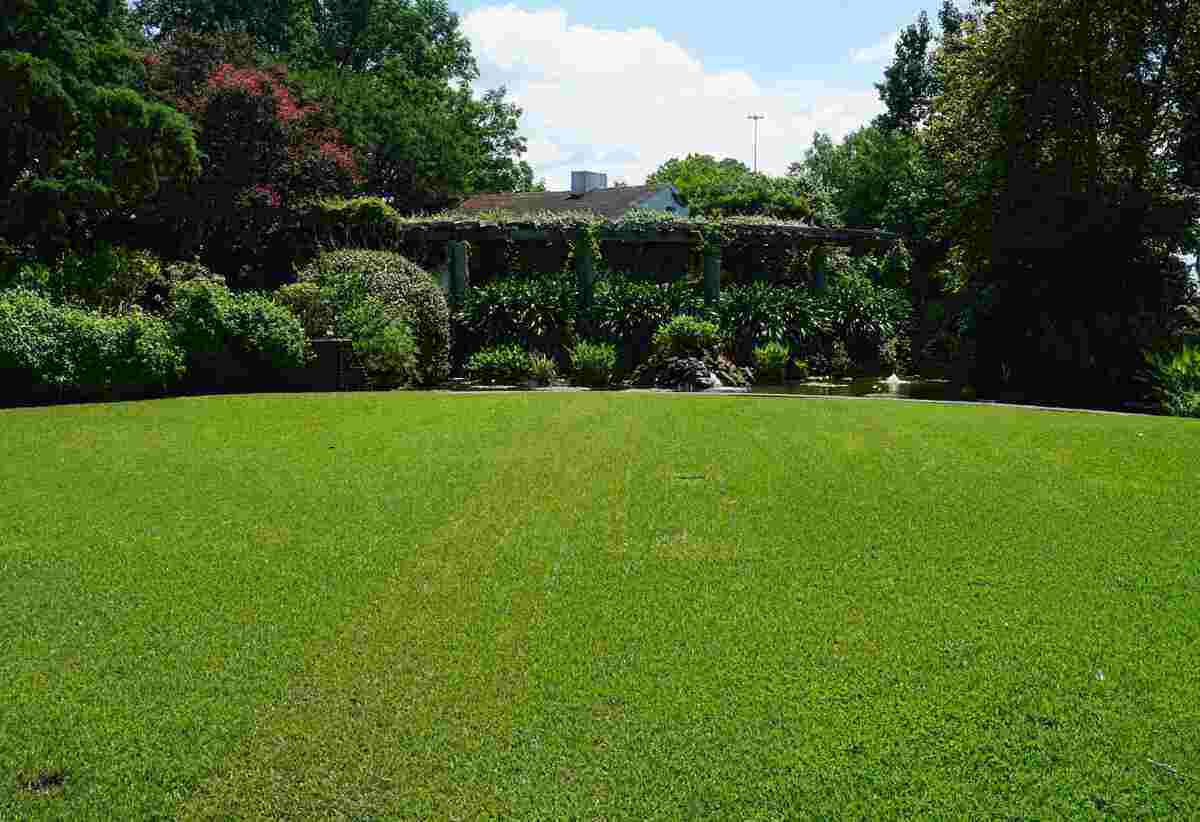
Growing a beautiful, green lawn in Spring, Texas, where we get a lot of rain, is easier than in other parts of the country. In spite of the misconception that all grass is the same, there are a wide variety of grasses, each with its own distinctive characteristics. Here are the five best grass types for Spring, TX lawns:
Bermudagrass
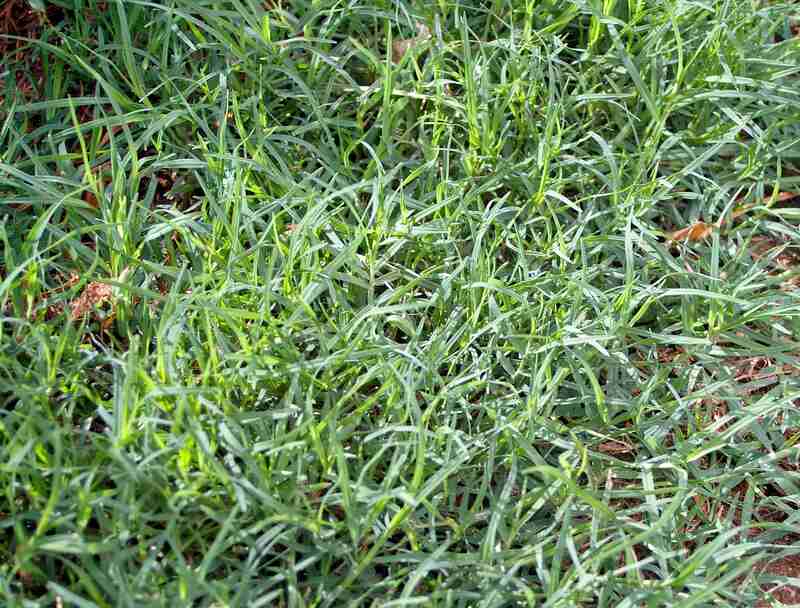
Bermudagrass thrives across Texas, but it is most common in the eastern half of the state. It has delicate leaves and is often used in yards, golf courses, and athletic fields. Bermudagrass is a fantastic choice for anyone concerned about wear and tear because it has a high tolerance for lots of activity.
Bermudagrass needs direct sunlight to grow, so those looking for shade-tolerant lawns should consider other grass types. Compared to other grass types, such as centipedegrass, Bermuda requires more nitrogen and more frequent mowing. But you will need to water it less often because it is drought-tolerant. It will go dormant once temps regularly fall below 50 degrees and has some salt resistance.
- Classification: Warm-season grass
- Spreads by: Stolons and rhizomes
- Shade tolerance: Low; thrives in full sun
- Drought tolerance: High
- Foot traffic tolerance: High
- Maintenance needs: Mow every 3 to 7 days. If you want a high quality Bermuda lawn, you’ll need to fertilize every 4-10 weeks during the growing season, depending on your fertilizer’s instructions and soil test results. It has low to moderate water demands.
- Mowing height: Mow common bermudagrass down to 1.5 to 2.5 inches. For hybrid bermudagrass cultivars (rarely recommended for home lawns), set the mowing deck between 0.5 and 1.5 inches
- Potential for disease: Resistance to disease is good, although diseases are common; low insect resistance
- Soil pH: 6-6.5
- Soil type: Tolerates most soil types
Other notes: Common Bermudagrass, which is often used along roadsides, is lower maintenance (and lower in turf quality) than improved common cultivars and can tolerate poor soils. However, it generates a lot of pollen in areas where it is left to flower, so stay away if you suffer from grass allergies.
Grass Seed Options:
– Pennington Bermudagrass Bare Spot (5 lb. bag)
– Pennington Smart Seed Bermudagrass Mix (8.75-lb. bag)
– Scotts Turf Builder Bermudagrass (10-lb. bag)
– Hancock Seed Co. Bermudagrass (50-lb. bag)
Centipedegrass
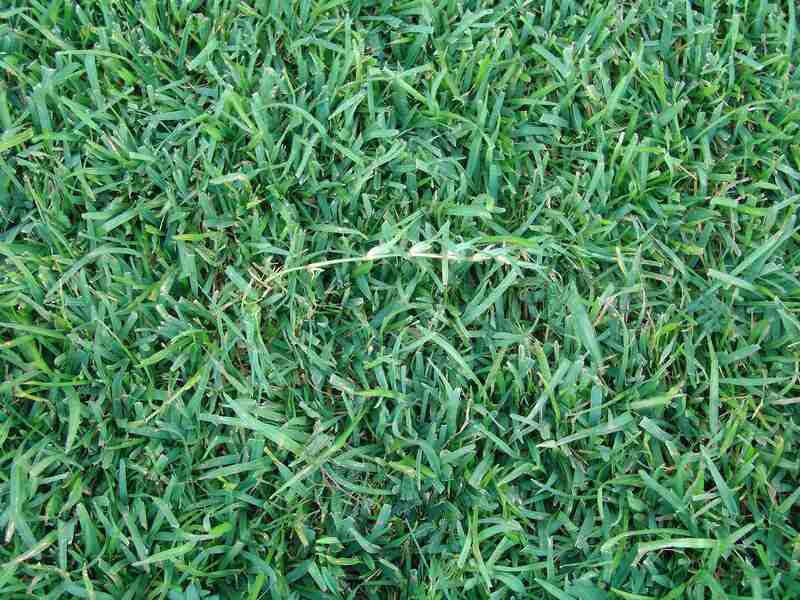
East Texas is the ideal place to grow centipedegrass. This slow-growing, coarse-leaved grass thrives in both full sun and partial shade and is a popular grass with homeowners who want a low-maintenance lawn. It is not as resistant to traffic, cold, salt, or prolonged drought as other grasses.
When a formerly healthy lawn fails to grow in the springtime, it develops dead patches and withers away; this condition is known as centipedegrass decline and is a common problem. This condition can be caused by several factors, including poor maintenance practices (too much thatch, improper mowing height), overfertilization, pests, and disease.
- Classification: Warm-season grass
- Spreads by: Stolons
- Shade tolerance: Moderate
- Drought tolerance: Low
- Foot traffic tolerance: Low
- Maintenance needs: Mow every 7 to 10 days. Centipede requires a moderate amount of water and very little fertilizer. It has a low to moderate risk for disease.
- Mowing height: Set the mowing height between 1 and 2 inches.
- Potential for disease: Good resistance to diseases and insects
- Soil pH: 5-6
- Soil type: Acidic, infertile, at least moderately good drainage (very dense, clay soils produce poor results).
Other notes: Centipedegrass is a low-maintenance, moderately shade-tolerant grass with a high heat tolerance. It does not stand up well to foot traffic.
Grass Seed Options:
– Gulf Kist Coated Centipedegrass Seeds (1 lb.)
– Scotts EZ Seed Patch and Repair Centipedegrass (3.75 lbs.)
– TifBlair Centipedegrass (5-lb. bag)
– Pennington Centipedegrass and Mulch (5-lb. bag)
St. Augustinegrass
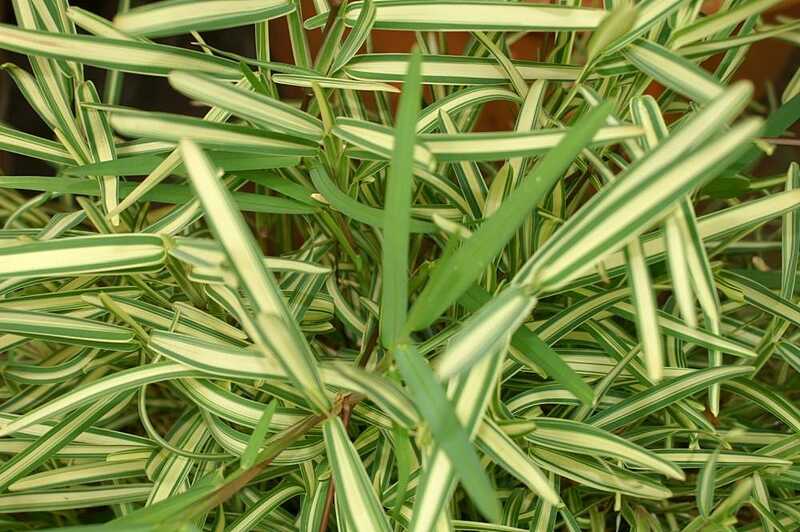
St. Augustinegrass is one of the best for Spring, Texas and one of the most popular grass types for home lawns across the Southern U.S. It grows quickly, is moderately shade-tolerant, and thrives in hot, humid summers. St. Augustine has a broadleaf blade that forms a moderately dense carpet with a beautiful green color.
St. Augustine does need a lot of attention, including multiple fertilizer applications (two to four times a year) and frequent irrigation throughout the summer. Thatch build-up is common, so plan to dethatch once thatch levels rise above 3/4 inch. St. Augustine is also vulnerable to fungus and insect infestations.
- Classification: Warm-season grass
- Spreads by: Stolons
- Shade tolerance: Moderate. It is the most shade-tolerant warm-season grass.
- Drought tolerance: Moderate
- Foot traffic tolerance: Low
- Maintenance needs: Mow your lawn every 5 to 7 days. St. Augustine has moderate water needs.
- Mowing height: Set the mowing height between 3.5 and 4 inches.
- Potential for disease: Moderate to high
- Soil pH: 6-7.5
- Soil type: Tolerates many soil types; prefers moderately fertile and moist (not waterlogged) soils; doesn’t tolerate soil compaction
Other notes: The most shade-tolerant warm-season grass is St. Augustinegrass. It can tolerate desert conditions and is used instead of Bermuda in sheltered areas. It grows slowly and may have difficulty surviving in cold winter temperatures.
Grass Plug Options:
– Seed Ranch St Augustine Seville Grass Plugs (2 Trays)
– Seed Ranch St Augustine Floratam Grass Plugs (2 Trays)
Zoysiagrass

Zoysiagrass is a popular warm-season grass known for its thick growth habit and resistance to damage from high traffic and pets. It also has a high level of cold tolerance and a moderate to excellent tolerance to salt, depending on the cultivar. Even though it can tolerate drought, it browns during extended dry spells.
For your Spring, Texas lawn, choose one of two species: Zoysia matrella is the ideal choice for homeowners who desire a fine leaf texture and dense turf, but it is less cold tolerant and requires more frequent mowing. In contrast, Zoysia japonica is medium-textured and happy with a more relaxed mowing schedule.
- Classification: Warm-season grass
- Spreads by: Stolons and rhizomes
- Shade tolerance: Moderate
- Drought tolerance: Moderate
- Foot traffic tolerance: High, but recovers slowly from damage
- Maintenance needs: Mow every 5 to 10 days. Zoysia matrella requires more frequent mowing if you want a short, dense lawn. Zoysia japonica performs well at higher mowing heights and is more suitable for home lawns.
- Mowing height: Set mowing height between 1 and 2 inches.
- Potential for disease: Not prone to disease and insects; good disease tolerance overall
- Soil pH: 6-6.5
- Soil type: Well-draining, some cultivars more tolerant of a wide range of soils than others
Other notes: Zoysias are resistant to foot traffic and are drought-tolerant. They can also withstand some shade. Unfortunately, Zoysias grow and mend themselves slowly.
Grass Plug and Seed Options:
– Zoysia Plugs (50 Large Grass Plugs)
– Zoysia Plugs (50 Full & Lush Grass Plugs)
– Zoysia Plugs (100 Plugs)
– Zoysia Emerald Grass Seeds (1/8 lb. of seeds)
– Zenith Zenith Grass Seeds (1/8 lb. of seeds)
Honorable Mention: Carpetgrass
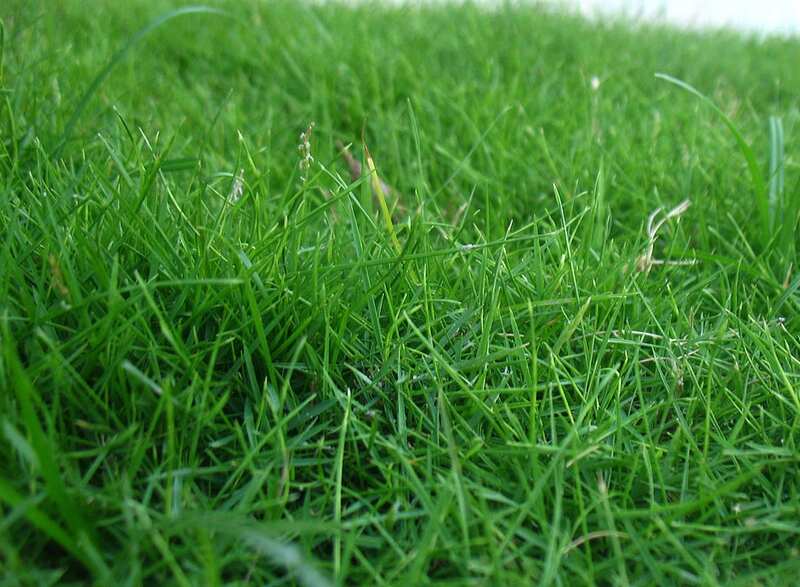
Photo Credit: Sugeesh / Wikimedia Commons / CC BY-SA 3.0
Carpetgrass is controversial among lawn enthusiasts. It is seen either as a low-maintenance alternative to the turfgrasses listed above or a weedy irritation. If other turfgrass species are struggling to grow in your yard due to a moist, acidic, or low-fertility environment, carpetgrass could be the solution.
Compared to Bermudagrass, carpetgrass can tolerate more shade but not as much traffic. In sloped areas, it helps prevent erosion. Narrowleaf carpetgrass grows more slowly and has a better appearance than broadleaf carpetgrass, but it must be cut weekly during growing season to avoid unsightly seed stalks.
- Classification: Warm-season grass
- Spreads by: Stolons
- Shade tolerance: Moderate
- Drought tolerance: Low
- Foot traffic tolerance: Low
- Maintenance needs: Mow weekly; rarely needs fertilizer; somewhat susceptible to pests and fungus
- Mowing height: Set mowing height between 1 and 2 inches
- Potential for disease: Common diseases include brown patch, leaf spot, and Pythium root rot.
- Soil pH: 5-6
- Soil type: Thrives in wet, poorly drained soils with low fertility.
Other notes: Carpetgrass is ideal for hard-to-grow areas. Low-maintenance and great in poor, moist soil. It doesn’t present a showy lawn and has low salt tolerance.
Grass Seed Option:
– Carpetgrass seeds (coated) (2 lbs.)
How to Choose the Best Grass Type for Your Spring, TX Lawn
There are many factors to consider when choosing the best grass type for your Spring lawn. Take a look at your property and find the ideal grass choice for your needs.
- Low-maintenance: Centipedegrass requires the least upkeep.
- Salty soil: Compared to other grasses, Zoysiagrass and St. Augustine are more resilient to salt in the soil and groundwater.
- Shade-tolerant: St. Augustinegrass is an ideal choice as it’s a warm-season grass that tolerates moderate amounts of shade.
- High-traffic: Bermudagrass can handle high levels of foot traffic and pet damage.
East Texas is a haven for warm-season grasses, but they do go dormant and brown in the winter if temperatures fall too low. By overseeding your Bermuda lawn with cool-season perennial ryegrass during the winter season, you can keep it looking its best.
When to Call a Pro
It takes time and effort to grow and maintain a beautiful lawn in Spring, TX. Why not call a local LawnStarter professional to take care of the yard work while you fire up the grill?
LawnStarter participates in the Amazon Services LLC Associates Program, an affiliate advertising program. LawnStarter earns revenue from products promoted in this article.
Main Image Credit: Michael Barera / Wikimedia Commons / CC BY-SA 4.0